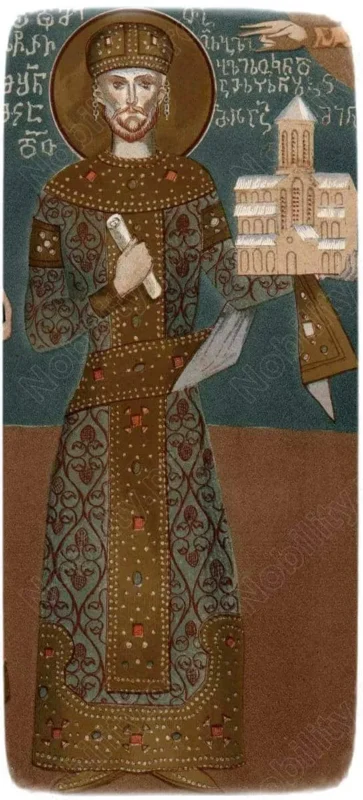Didgori Battle: Georgia’s Miraculous Victory That Shocked the Medieval World
In the summer of 1121, on the sun-baked plains near Tbilisi, a dramatic battle unfolded — one that would forever change the history of Georgia. The Battle of Didgori wasn’t just a military clash; it was a bold, almost legendary stand of a small Christian kingdom against a massive Muslim coalition.
Let’s rewind a bit. In the late 1000s, Georgia was in chaos. Seljuk Turks had pushed deep into the region, turning farmlands into pasture and shattering the

local economy. These were dark times. But in 1089, a teenage king — David IV, later known as David the Builder — took the throne and set out to rebuild a broken kingdom.
David wasn’t just brave — he was smart. He stopped paying tribute to the Seljuks, restructured his army, and began pushing back. One of his most genius moves? Inviting 40,000 Cuman-Qipcaq families from the north to settle in Georgia. In return, they provided thousands of skilled warriors, breathing new life into Georgia’s military power.
Throughout the early 1100s, David launched campaign after campaign, liberating regions and strengthening control across the South Caucasus. But one major obstacle remained: Tbilisi. Still under Muslim control, the city stood as the last reminder of foreign occupation.
As David expanded his influence, Muslim leaders grew alarmed. In 1121, Sultan Mahmud b. Muhammad called for a holy war. He wasn’t alone. Powerful rulers like Najm al-Din Ilghazi, Toghrul of Arran, and the Arab prince Dubays b. Sadaqa joined the cause. Together, they formed a massive army. Medieval sources (perhaps a bit dramatically) claimed numbers between 100,000 and 600,000 troops — whatever the exact count, it was clear the Georgians were vastly outnumbered.
In August, this giant force marched into Georgia. King David, well-prepared, had already evacuated local areas and gathered about 56,000 men, including Crusader knights and Alans. His plan was bold. On August 11, he led his troops through the Nichbisi Valley, splitting his forces. While he took command of the main army, his son Demetre led a hidden detachment into the nearby hills, ready to strike the enemy from the flank.
But David didn’t stop at clever positioning — he added psychological warfare. The next morning, 200 Georgian cavalry rode straight to the enemy camp pretending to defect. The Muslim commanders welcomed them — only to be ambushed when these “deserters” suddenly attacked. The chaos that followed was swift and total.
Seeing the confusion, David launched the full assault. His son Demetre hit the enemy from the side. The Muslim lines collapsed. In just three hours, the great invasion force broke and fled. Georgian forces pursued them for days, and what followed was described by chroniclers as a slaughter.
One Muslim commander fled wounded. Another barely escaped with his life. The Georgians seized the enemy camp — and its immense treasure. The victory was so decisive, so stunning, that it shook the entire region.
The next year, David took Tbilisi, ending centuries of Muslim control. By 1124, Georgia had extended its influence across Armenia, Shirwan, and parts of the North Caucasus. Georgia wasn’t just surviving anymore — it was leading.
Writers of the time couldn’t contain their awe. “What are the tales of Homer to me?” one Georgian chronicler wrote. “What are the legends of Achilles compared to what Christ gave us that day?”
And honestly, he wasn’t exaggerating. The Battle of Didgori became known as dzlevai sakvirveli — “the miraculous victory.” It wasn’t just about tactics or courage. It marked the moment Georgia emerged as a major power, asserting cultural and military dominance in the region. A medieval underdog story — except this one was real.
